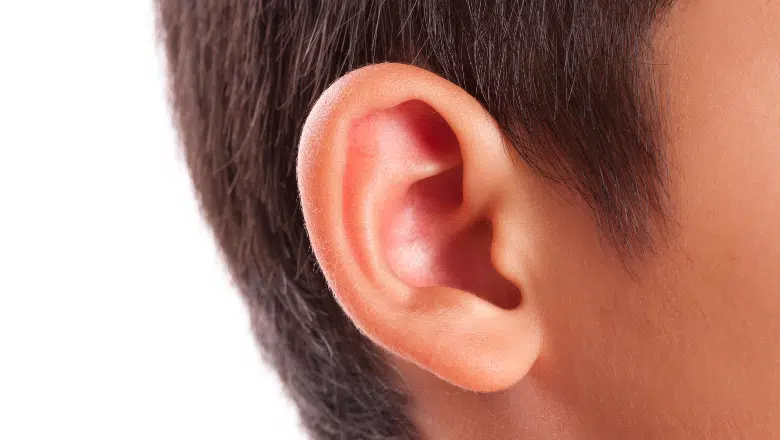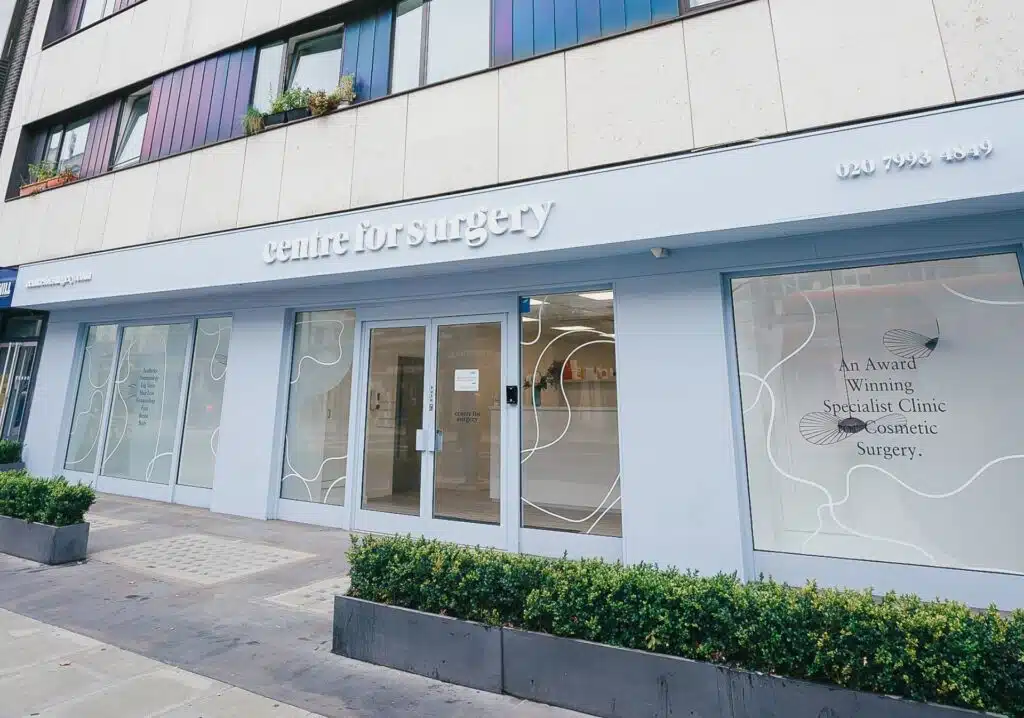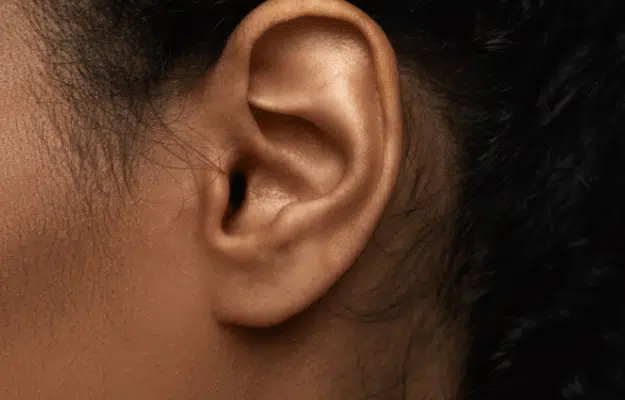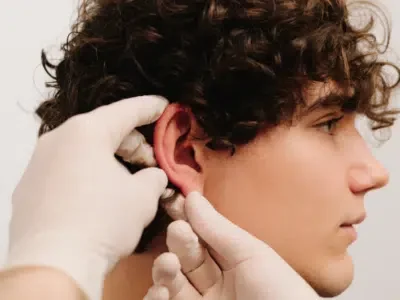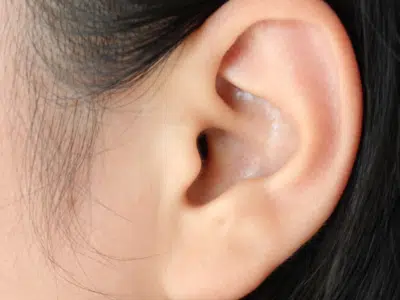Many individuals contemplating otoplasty, commonly known as ear pinning surgery, are motivated by the desire to achieve a more symmetrical facial appearance. It’s natural for potential patients to be concerned about the discomfort associated with this procedure. Indeed, it is true that some level of discomfort is inevitable during the recovery phase of otoplasty.
RELATED: Achieving Symmetry and Confidence: Insights into Ear Pinning
This blog aims to provide a deeper insight into what one should anticipate in terms of pain from the surgery, along with effective strategies for managing it. While it is acknowledged that the procedure does involve a certain degree of pain, it is often reported to be less severe than many expect and can be effectively controlled with standard over-the-counter pain relief medications.
Furthermore, the article explores why, despite the temporary discomfort, the majority of patients consider the outstanding outcomes of the surgery to outweigh any short-lived pain. This perspective is crucial for anyone weighing the pros and cons of undergoing otoplasty, as understanding the pain management involved can significantly ease the decision-making process.
RELATED: Ear Reshaping Surgery – What to Expect From an Otoplasty Procedure
Pain Management Techniques in Otoplasty Surgery
Otoplasty is considered minimally invasive, which significantly limits the severity of pain during the procedure. The minimally invasive nature of otoplasty means that large incisions or extensive manipulation of deep tissues is not required, thereby reducing potential discomfort.
Anaesthesia effectively addresses pain management during otoplasty. Depending on the specific circumstances and patient preferences, the procedure can be performed under either local anaesthesia with sedation or general anaesthesia.
When local anaesthesia is used, precise injections are administered around the ears to numb the area thoroughly. This method ensures that the patient remains awake but free from pain during the surgery. On the other hand, general anaesthesia involves the patient being completely asleep, eliminating any pain sensation throughout the procedure. Additionally, intravenous pain medications may be used to enhance patient safety and comfort.
The choice of anaesthesia will be carefully discussed during your in-person consultation with the surgeon, allowing you to make an informed decision based on your comfort and health requirements. This personalised approach helps ensure that you experience minimal discomfort during your otoplasty and contributes to a smoother recovery.
Top Tips to Minimise Pain After Otoplasty or Ear Pinning Surgery
Managing pain effectively after otoplasty is crucial for a smooth recovery and can significantly enhance the healing process. Here are key strategies, centred around the surgeon’s expertise and adherence to postoperative care instructions, that help minimise discomfort and promote healing:
Importance of Choosing a Skilled Surgeon
The plastic surgeon’s expertise plays a pivotal role in managing post-operative pain. Selecting a surgeon who is not only highly skilled but also experienced in otoplasty can dramatically reduce the likelihood of complications, minimising pain. An expert surgeon can also tailor their surgical techniques to reduce discomfort as much as possible during and after the procedure.
Adherence to Post-Operative Instructions
Following your surgeon’s post-operative care instructions diligently is essential for minimising discomfort and enhancing recovery:
- Post-Surgery Headband: Wear the headband as directed. This headband helps maintain the new positioning of the ears, applies gentle pressure that aids in healing, and can help reduce discomfort.
- Head Elevation: Keep your head elevated even while sleeping to help reduce swelling and alleviate pressure on the ears, which can decrease pain.
RELATED: Tips for Sleeping after Otoplasty
- Cold Packs: Applying cold packs gently to the ears can significantly reduce swelling and pain. It’s recommended to use cold packs for 15-20 minutes at a time, followed by a break to prevent skin irritation.
- Incision Care: Proper care of the incisions, including cleaning and changing bandages as instructed, is crucial to prevent infection and minimise pain.
- Medication Compliance: Adhering to the prescribed pain medication schedule is important. Proper medication management prevents the pain from becoming overwhelming and supports smoother healing.
- Activity Restrictions: Limit strenuous activities and avoid any actions that could apply pressure to the ears during the initial recovery phase.
